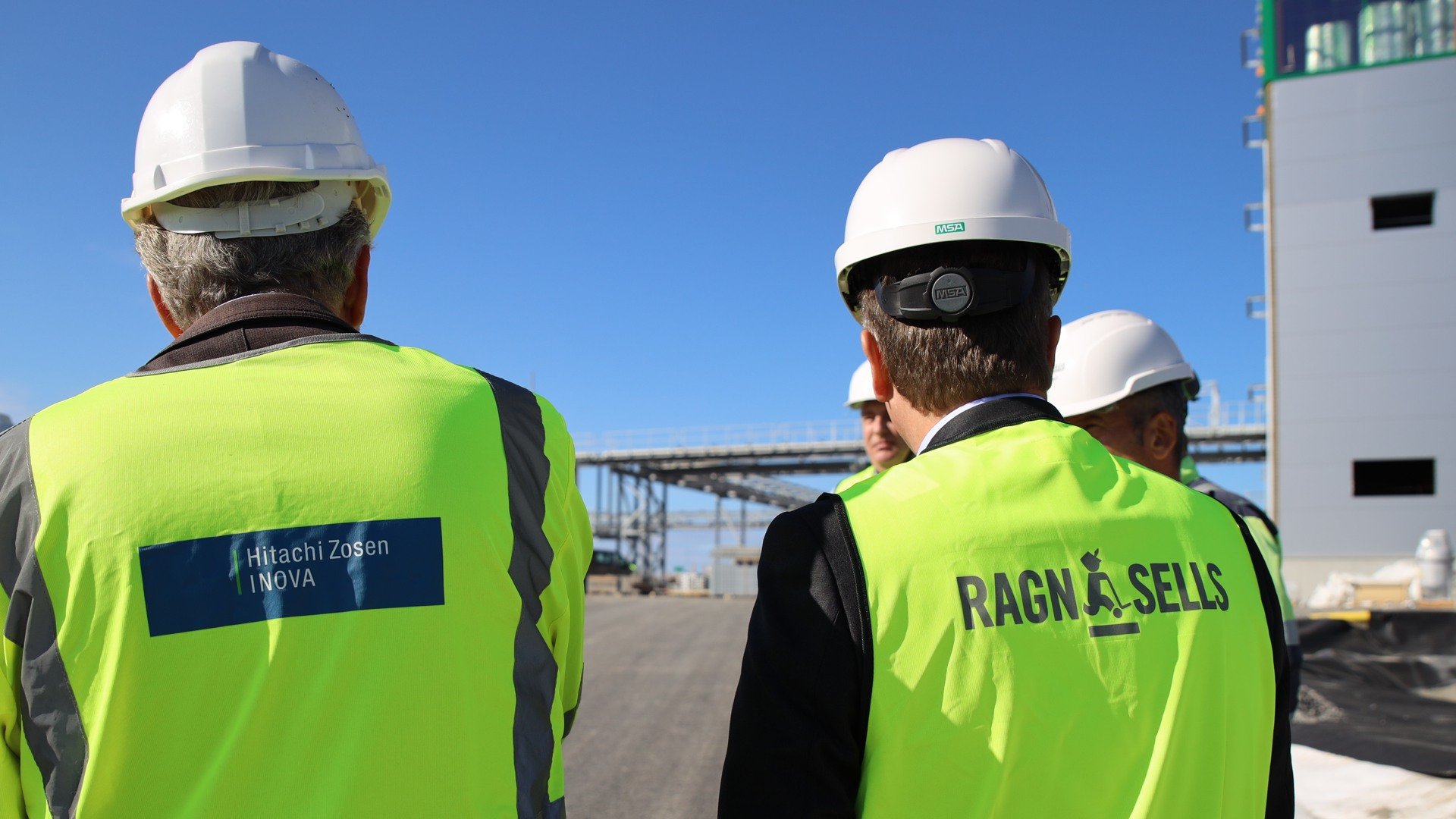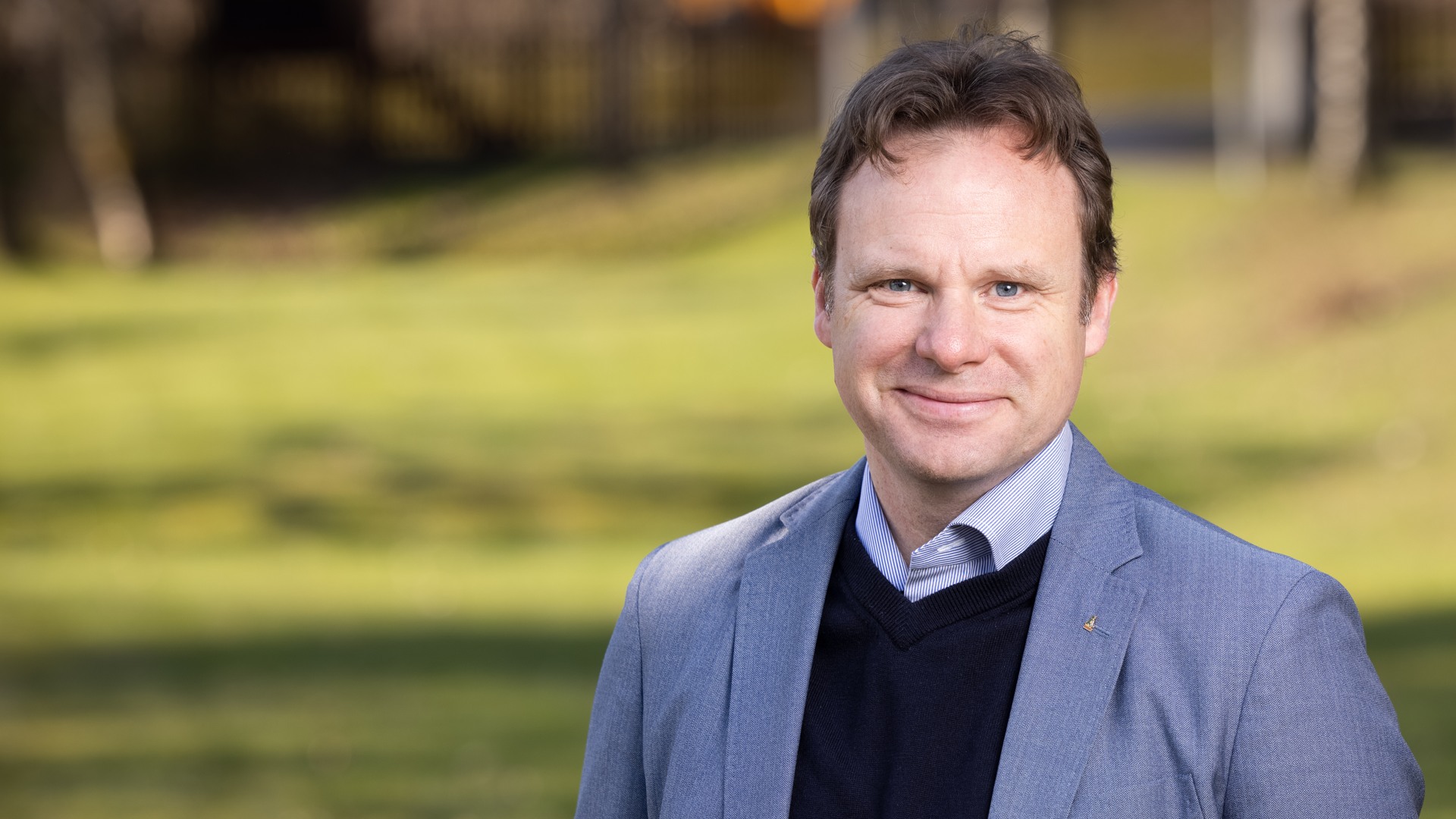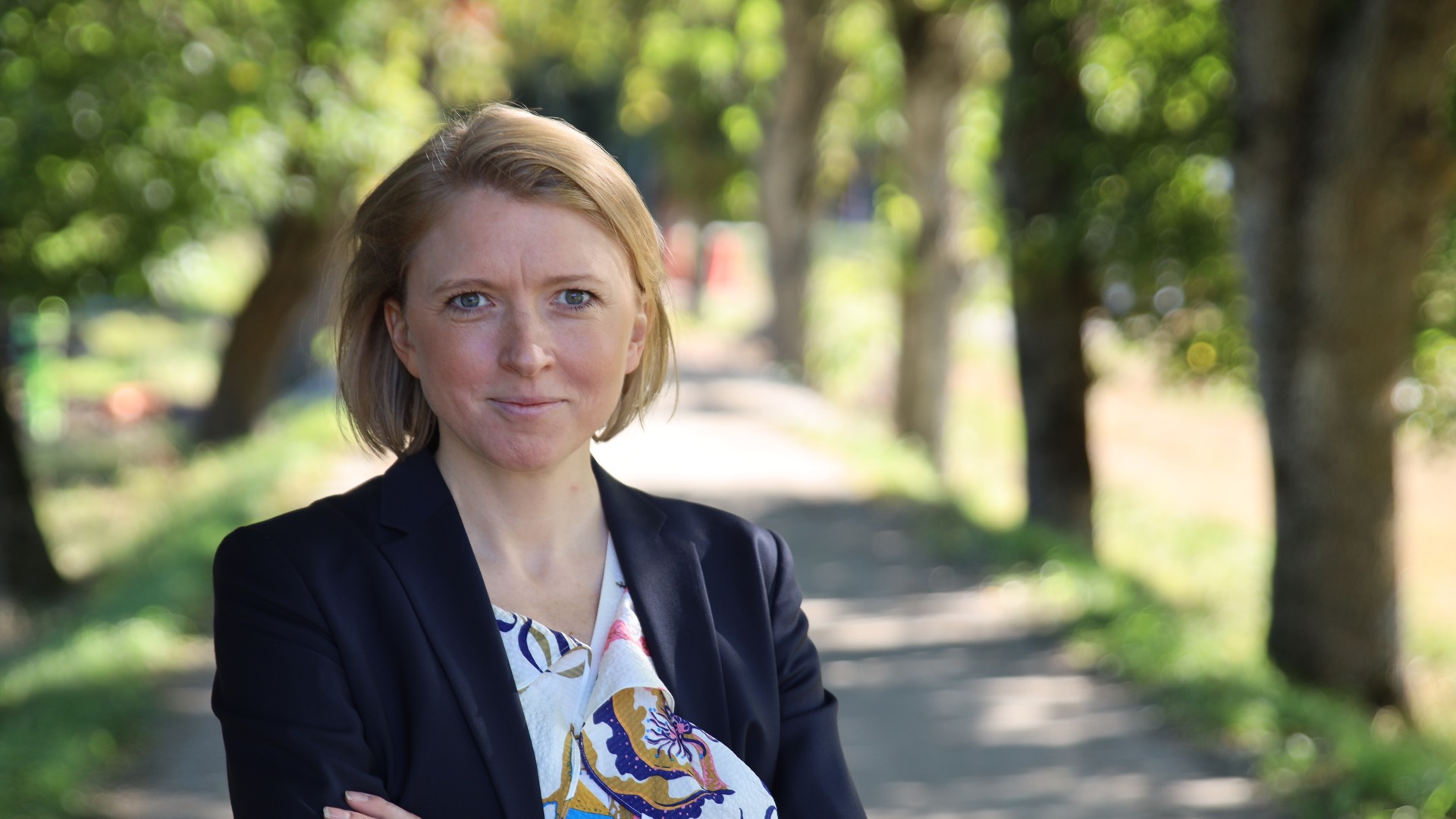
Successful circularity means collaboration and change
Ragn-Sells is committed to the shift towards a circular economy. And to do that, the company must forge new partnerships and develop new business models.
17 Mar 2022There are few strategies as essential to addressing the climate crisis as circularity, in which resources are extracted and re-used again and again in a loop between consumption and manufacturing.
According to Anders Kihl, Head of R&D and Strategy at Ragn-Sells, the extraction and transformation of virgin materials account for almost half of all current carbon dioxide emissions. What’s more, he says, only 8.6% of the 100 billion tonnes of material used in the global economy each year are circular.

Anders Kihl, Head of R&D and Strategy at Ragn-Sells
It’s a major endeavour, however, for a company to become more circular. Pivoting away from a linear economy to a sustainable society requires developing new value chains, the full frameworks of steps businesses take to conceive and deliver products. That’s not only a fundamental change to business operations, but it has to be done through collaboration with the other companies and stakeholders along those chains.
– No single company can become circular on their own, says Kihl. Once you start understanding the true barriers to becoming more circular for real, you realise that partnership and collaboration are key.
Working with new partners across new value chains
The vital importance of collaboration through new business models is best exemplified by EasyMining, an innovation company owned by Ragn-Sells. EasyMining creates chemical processes to close nutrient cycles, and they rely on partnerships to help commercialise those processes. Its project for recovering nitrogen from wastewater (called RE-Fertilize), for example, relies on a collaboration with the Swedish agricultural cooperative Lantmännen, which is evaluating the product and identifying a market so that it achieves circularity, and the Danish wastewater treatment company BIOFOS, for demonstrating the process.
– It's not enough that you have a process for removing and recovering the product, says Anna Lundbom, Head of Marketing at Ragn-Sells innovation company EasyMining. You also need a solution for how the product is going to be used and who the potential customers are. That’s why it’s important to have a project where you have different partners along the whole value chain, otherwise you would never succeed, she continues.

Anna Lundbom, Head of Marketing at Ragn-Sells innovation company EasyMining.
“Caring for the Earth and good business go hand in hand”
Yet, finding different partners and creating new ways of doing business is just the beginning. The more collaborators are involved along new value chains, the more crucial it is to maintain a healthy flow of information. It’s important for navigating practical concerns like establishing cost-effective quality control or setting pricing to distribute value.
But building the necessary relationships of trust and implementing new operational structures take time. And that’s an advantage a family-owned company like Ragn-Sells has over competitors that are publicly listed on stock exchanges.
– They have a much shorter time frame, whereas Ragn-Sells has a longer horizon. That enables us to do things other companies find hard to do. We want to really move the needle, so we’re setting a strong foundation to reach our vision that caring for the Earth and good business go hand in hand, says Kihl.